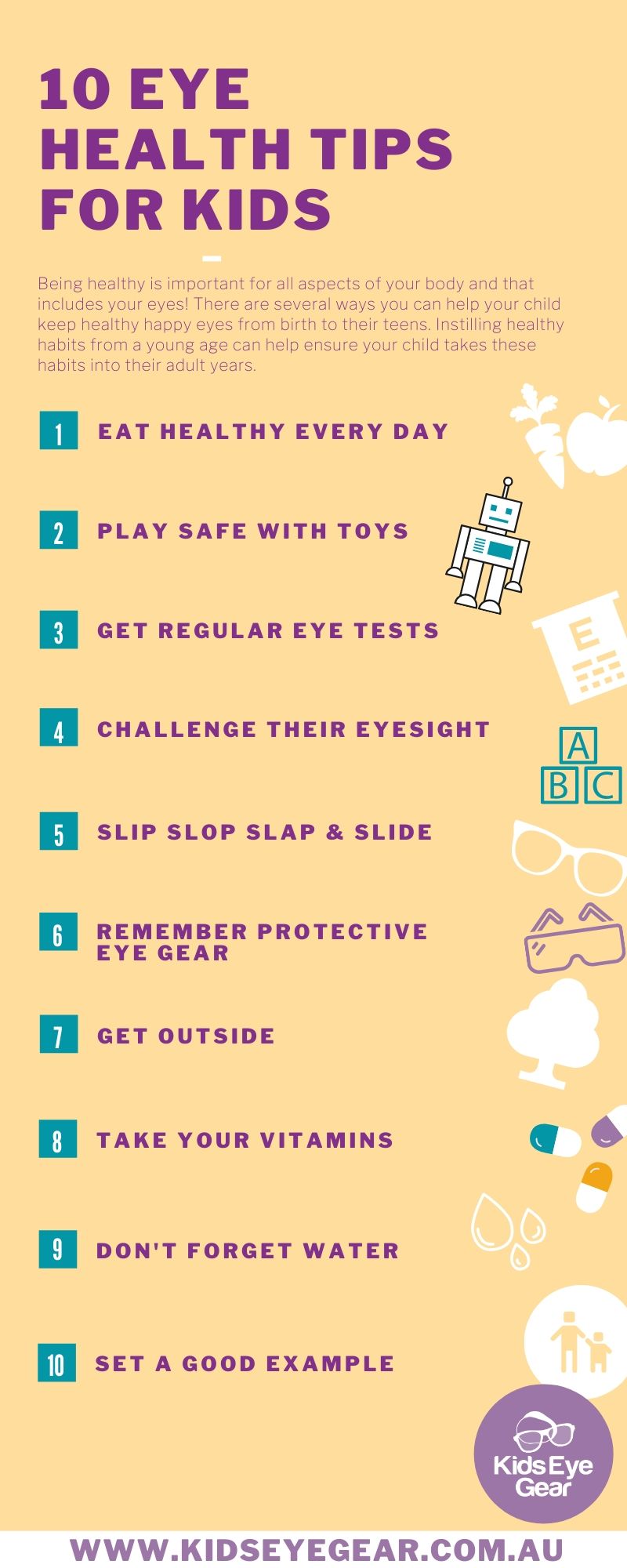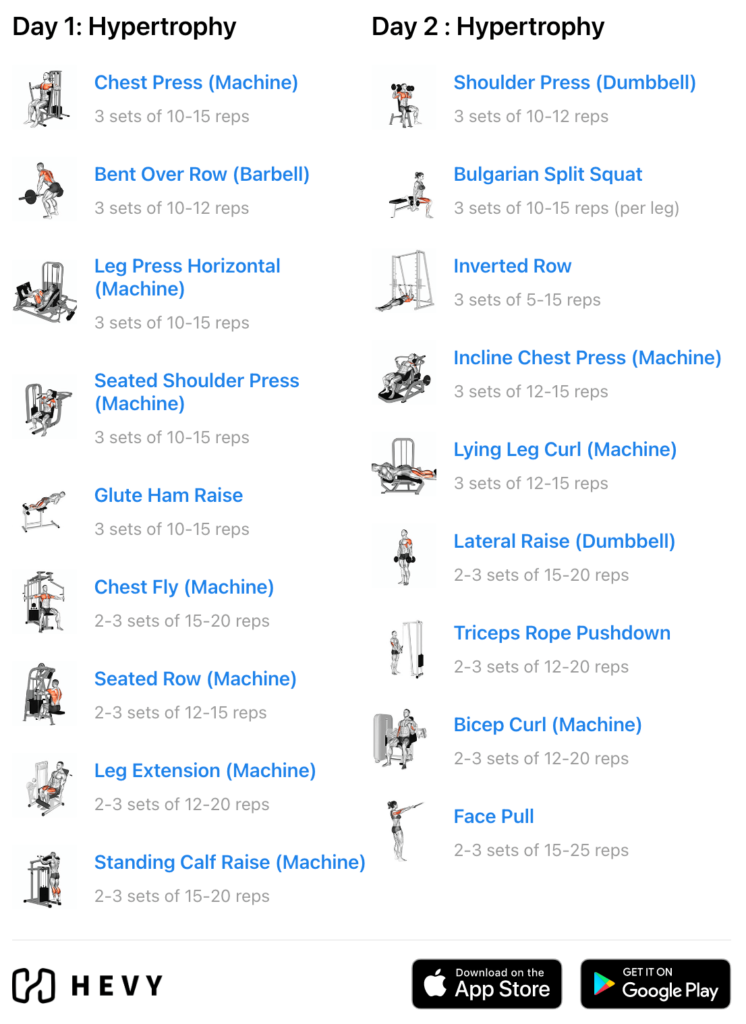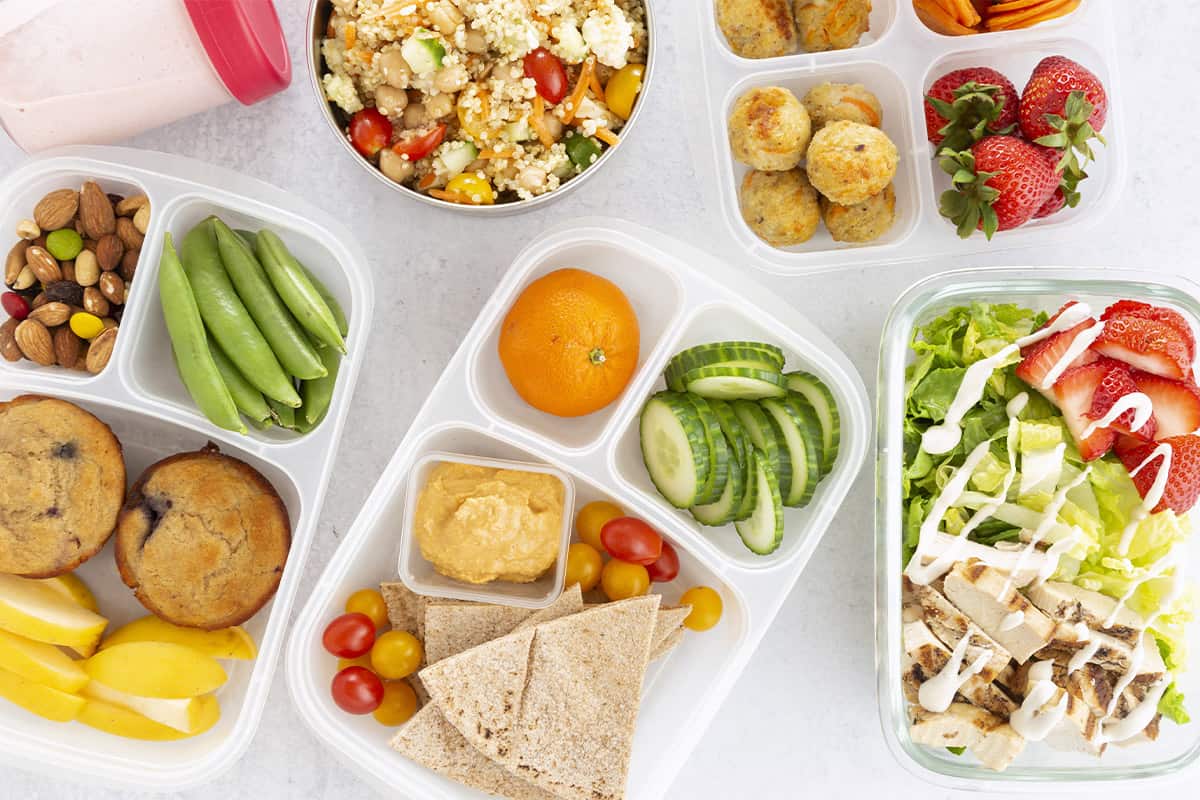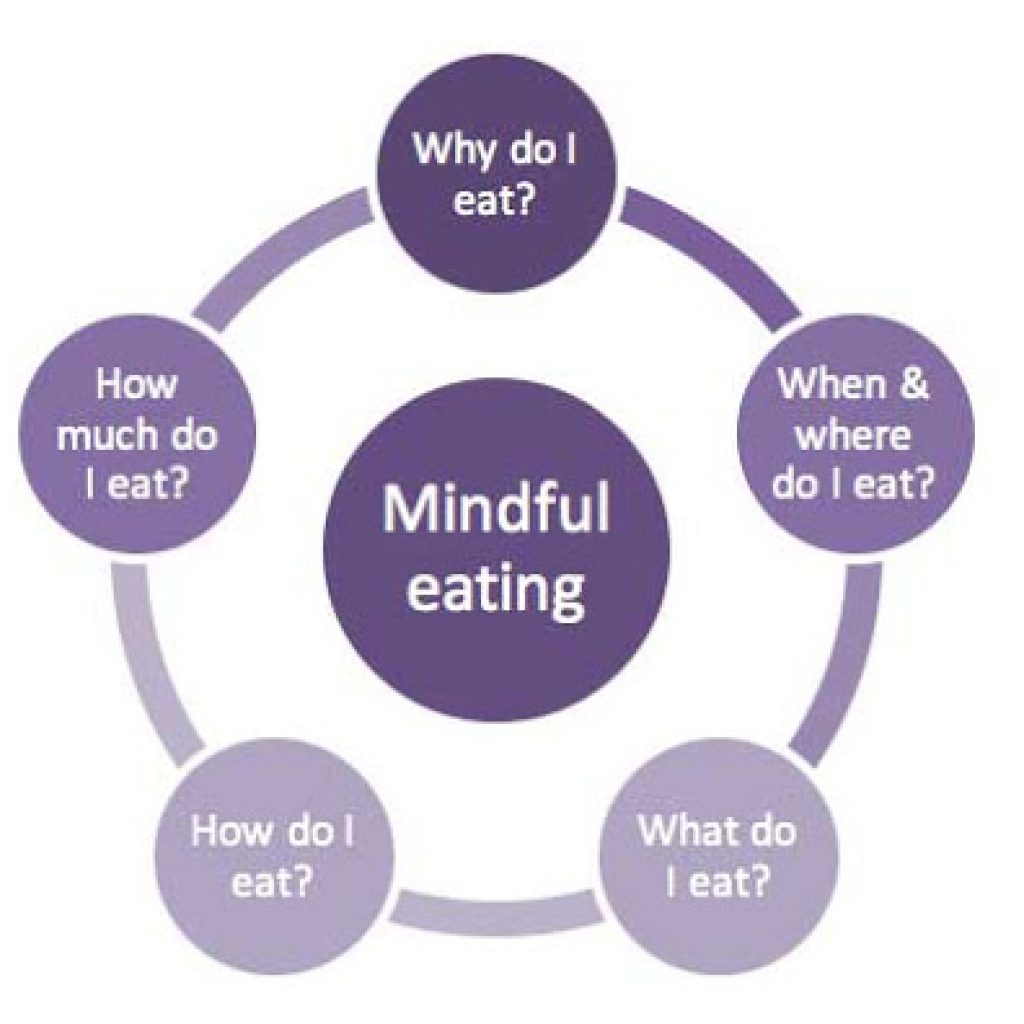Eye Health: Essential Care

Subheading: Understanding Eye Health
Caring for your eyes is essential for overall well-being. Exploring effective strategies and habits for healthy eye care aids in maintaining optimal vision and preventing potential eye-related issues.
Subheading: Routine Eye Exams
Regular eye check-ups are crucial for assessing vision changes and detecting eye conditions early on. Schedule comprehensive eye exams with an eye care professional to monitor eye health and ensure optimal vision.
Subheading: Proper Vision Correction
Wearing prescribed glasses or contact lenses as recommended by an eye care professional is essential. Correcting refractive errors ensures clear vision, reducing eye strain and preventing further vision issues.
Subheading: Balanced Diet for Eye Health
Nutrition plays a vital role in eye health. Incorporate foods rich in antioxidants, omega-3 fatty acids, vitamins A and C, and lutein and zeaxanthin to support eye health and reduce the risk of age-related vision problems.
Subheading: Protecting Eyes from UV Rays
Shield your eyes from harmful ultraviolet (UV) rays by wearing sunglasses that offer UV protection. Prolonged exposure to UV rays can lead to cataracts, macular degeneration, and other eye conditions.
Subheading: Proper Screen Time Management
Limit screen time and follow the 20-20-20 rule: Every 20 minutes, look at something 20 feet away for at least 20 seconds. This practice helps reduce eye strain caused by prolonged digital device use.
Subheading: Adequate Rest and Hydration
Getting sufficient sleep and staying hydrated are essential for eye health. Proper rest allows your eyes to recover, reducing eye fatigue and dryness, which can affect vision and overall eye comfort.
Subheading: Eye Safety Measures
When engaging in activities with potential eye hazards, such as working with tools or chemicals, ensure proper eye protection. Wearing safety goggles or glasses shields the eyes from injury.
Subheading: Avoiding Eye Rubbing
Rubbing your eyes can introduce germs and irritants, potentially leading to infections or causing eye injuries. Instead, use artificial tears to alleviate discomfort or itching.
Subheading: Proper Contact Lens Care
If you wear contact lenses, follow proper hygiene practices. Wash your hands before handling lenses, clean them as instructed, and avoid wearing them while swimming or sleeping.
Subheading: Being Mindful of Eye Health Changes
Be attentive to any changes in your vision or eye health. Sudden vision changes, eye pain, redness, or other symptoms should prompt immediate attention from an eye care professional.
Subheading: Conclusion and Further Resources
Prioritizing healthy eye care practices is pivotal in preserving optimal vision and preventing eye-related issues. To explore more insights and tips on maintaining healthy eyes, delve into the comprehensive guide on Tips for healthy eye care.
Incorporating these practices into your daily routine promotes long-term eye health, ensuring clearer vision and reducing the risk of vision problems. Prioritizing healthy eye care habits is fundamental in safeguarding your vision and overall well-being.













